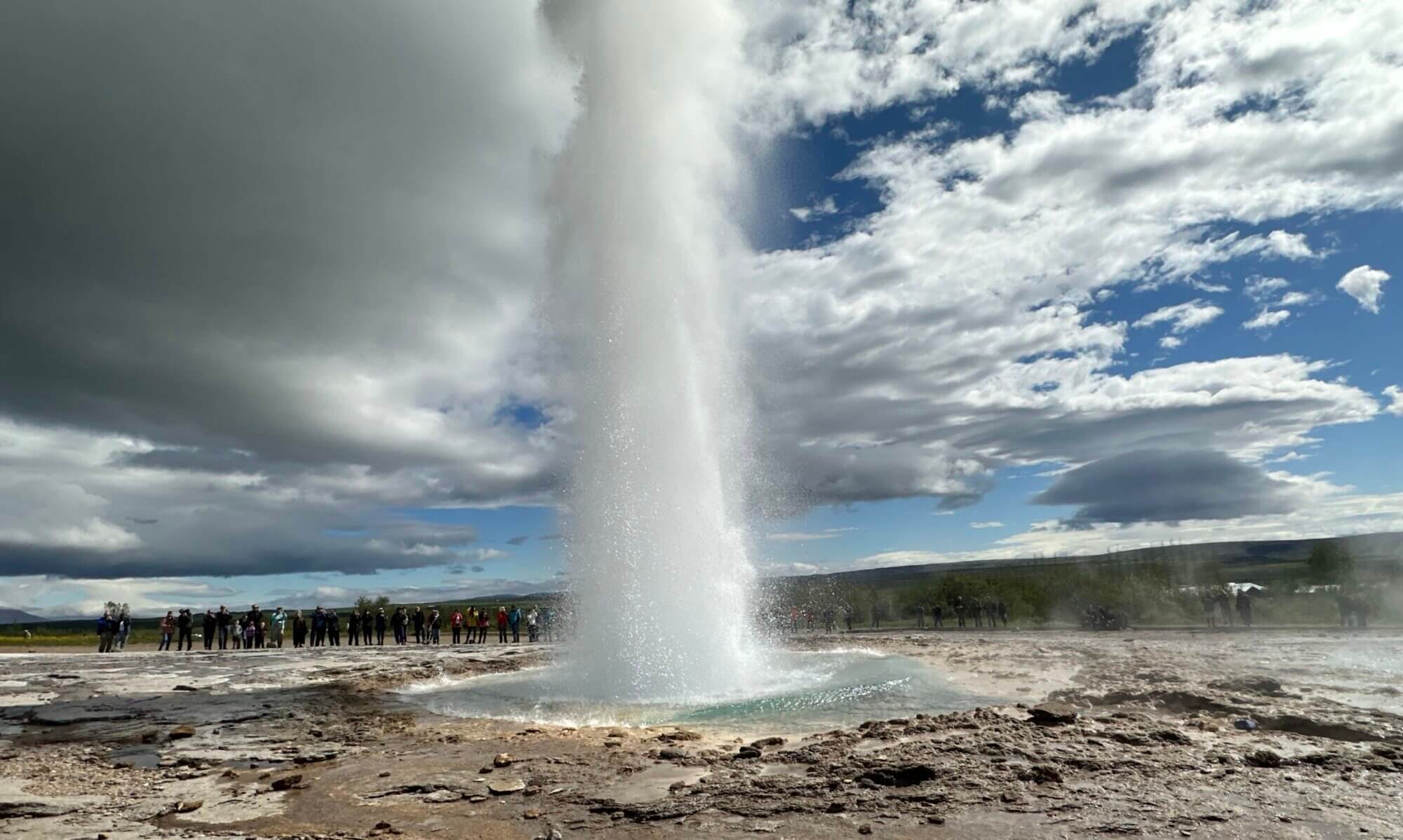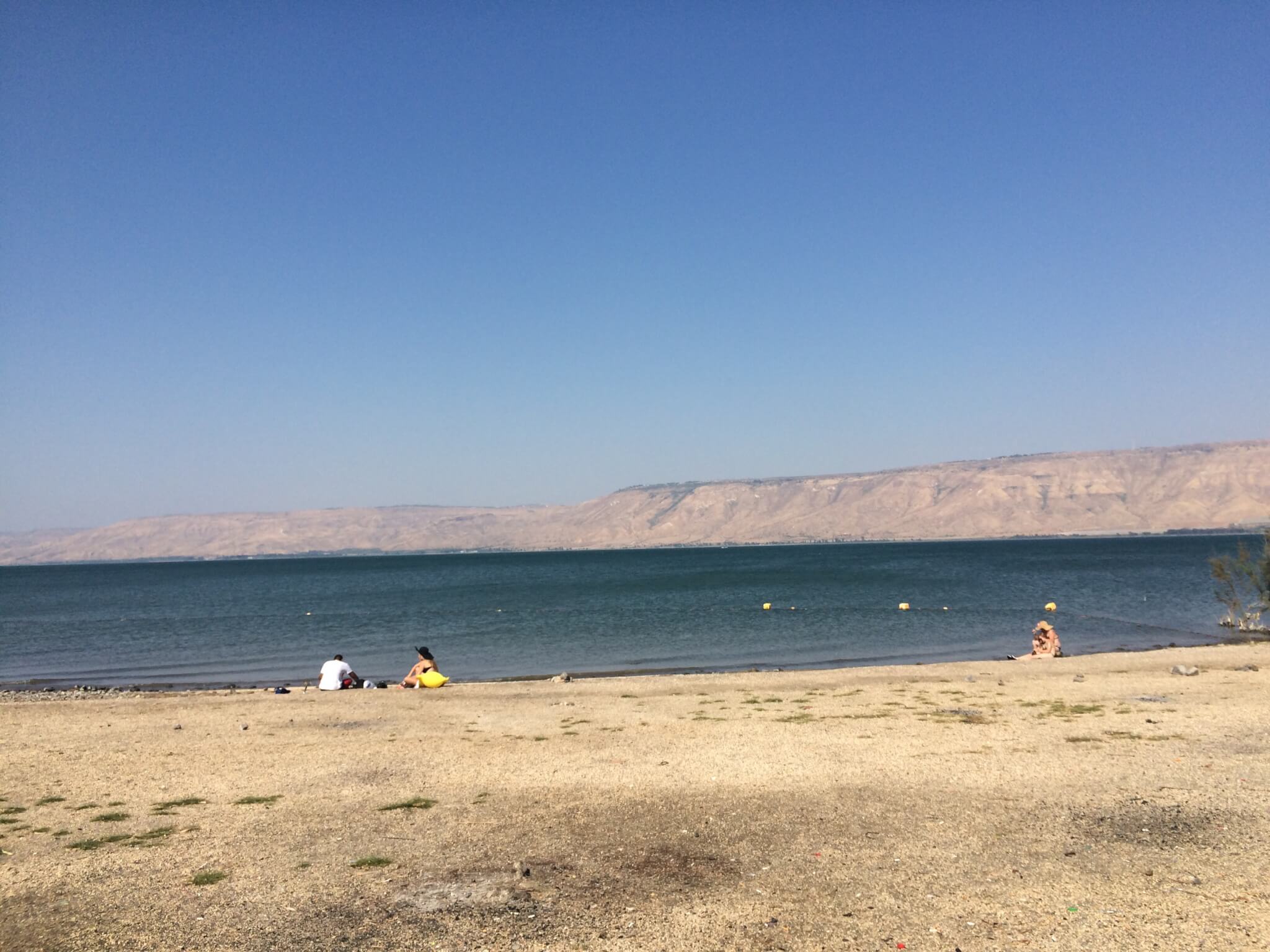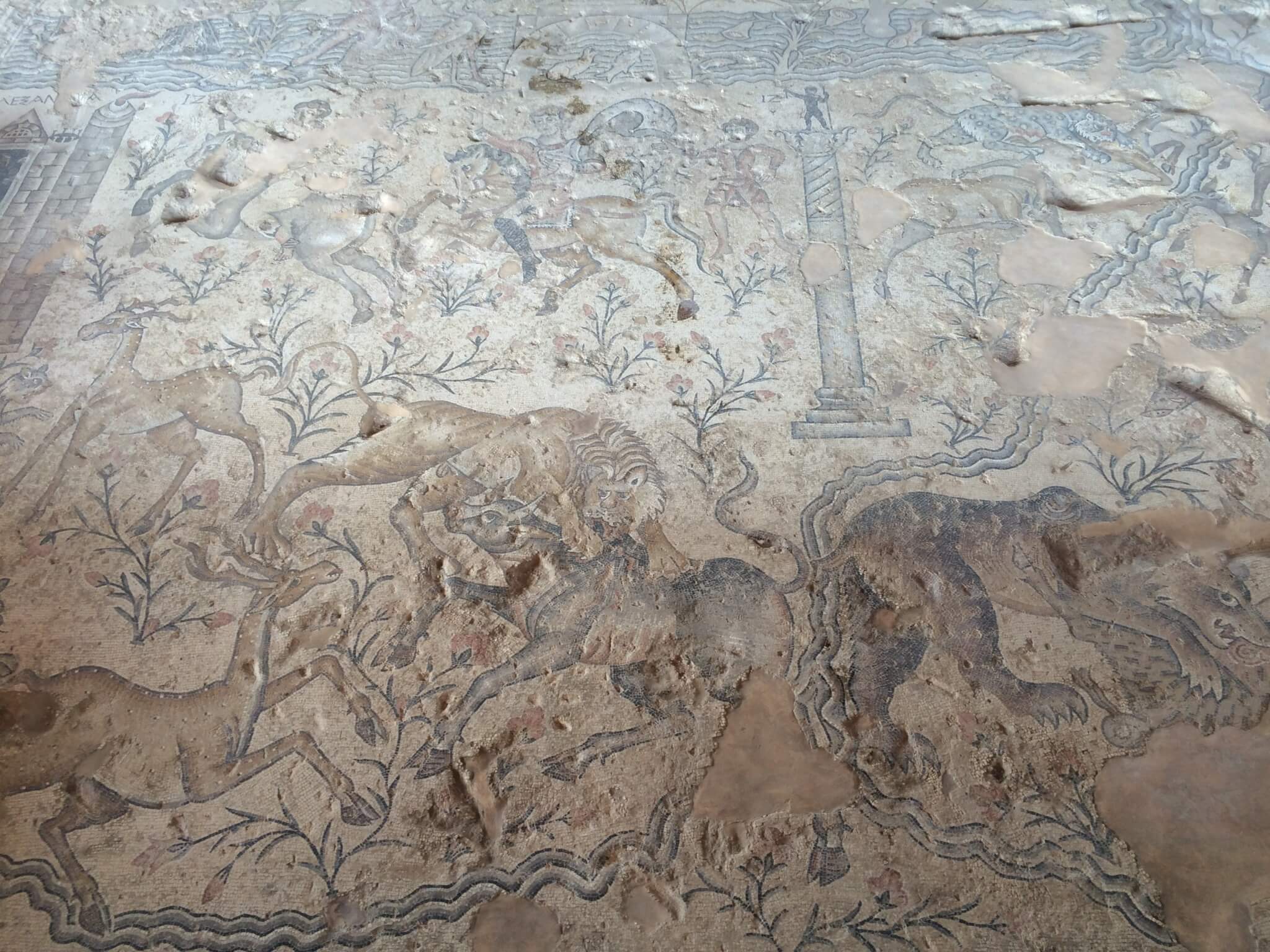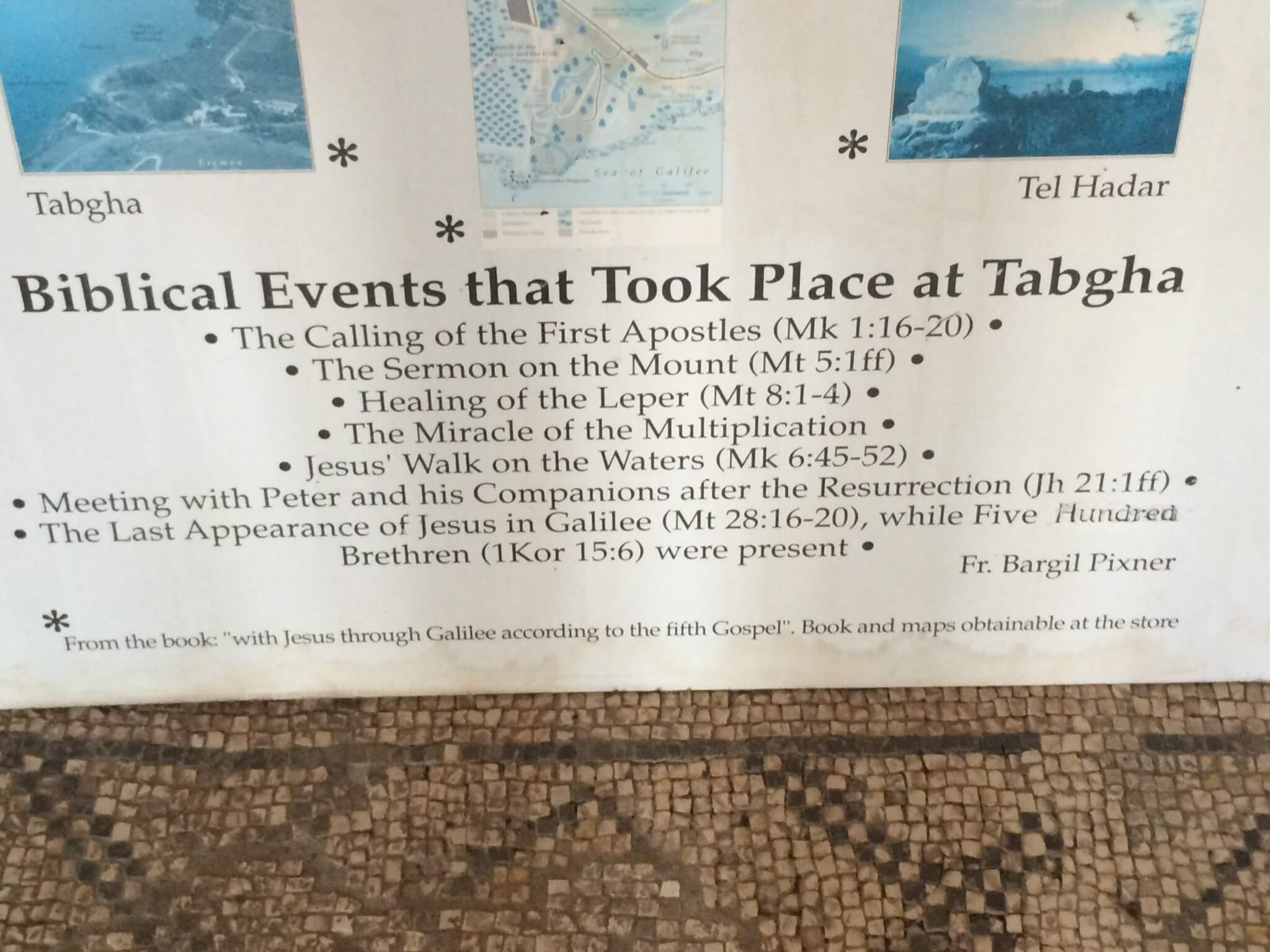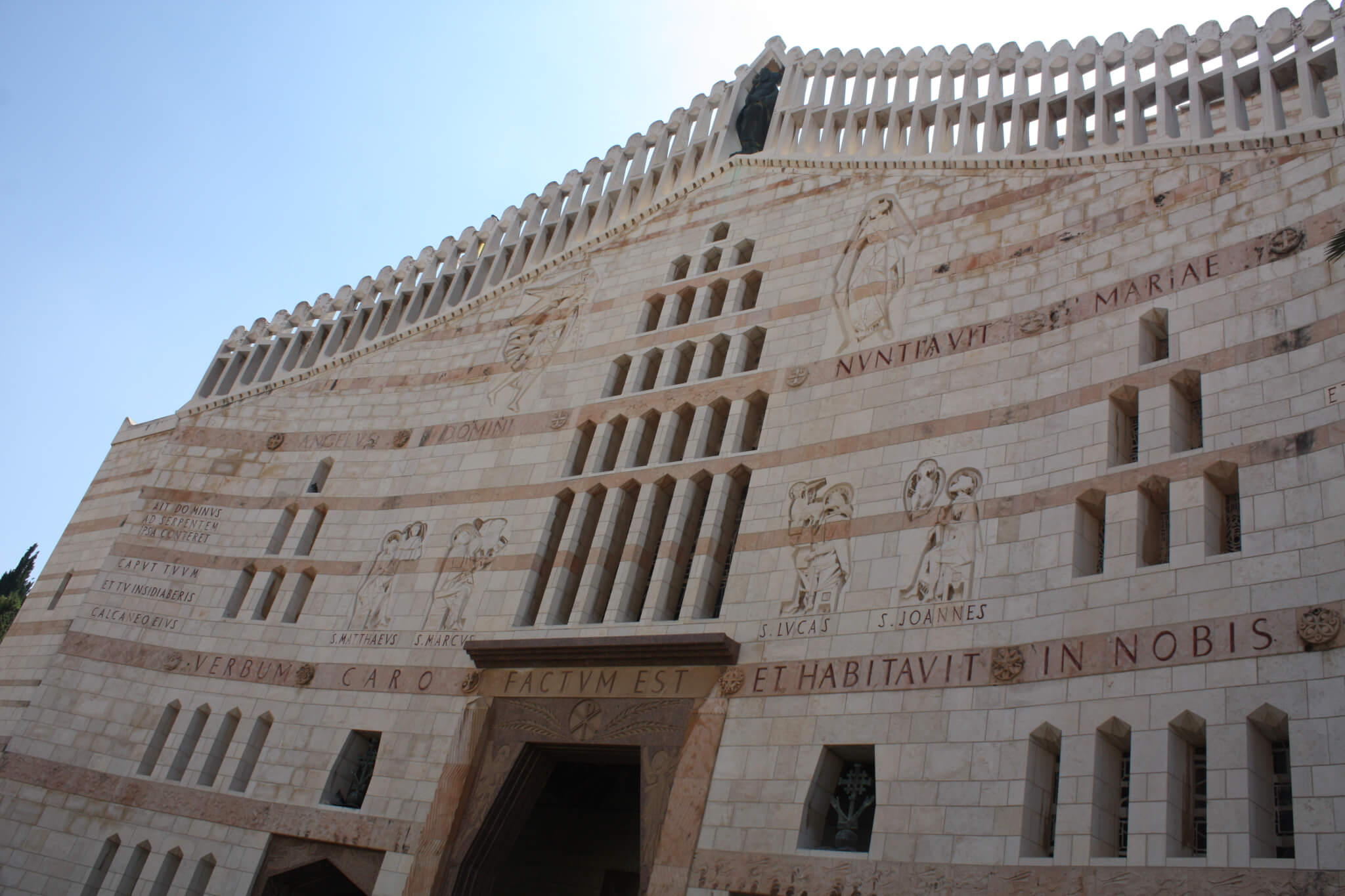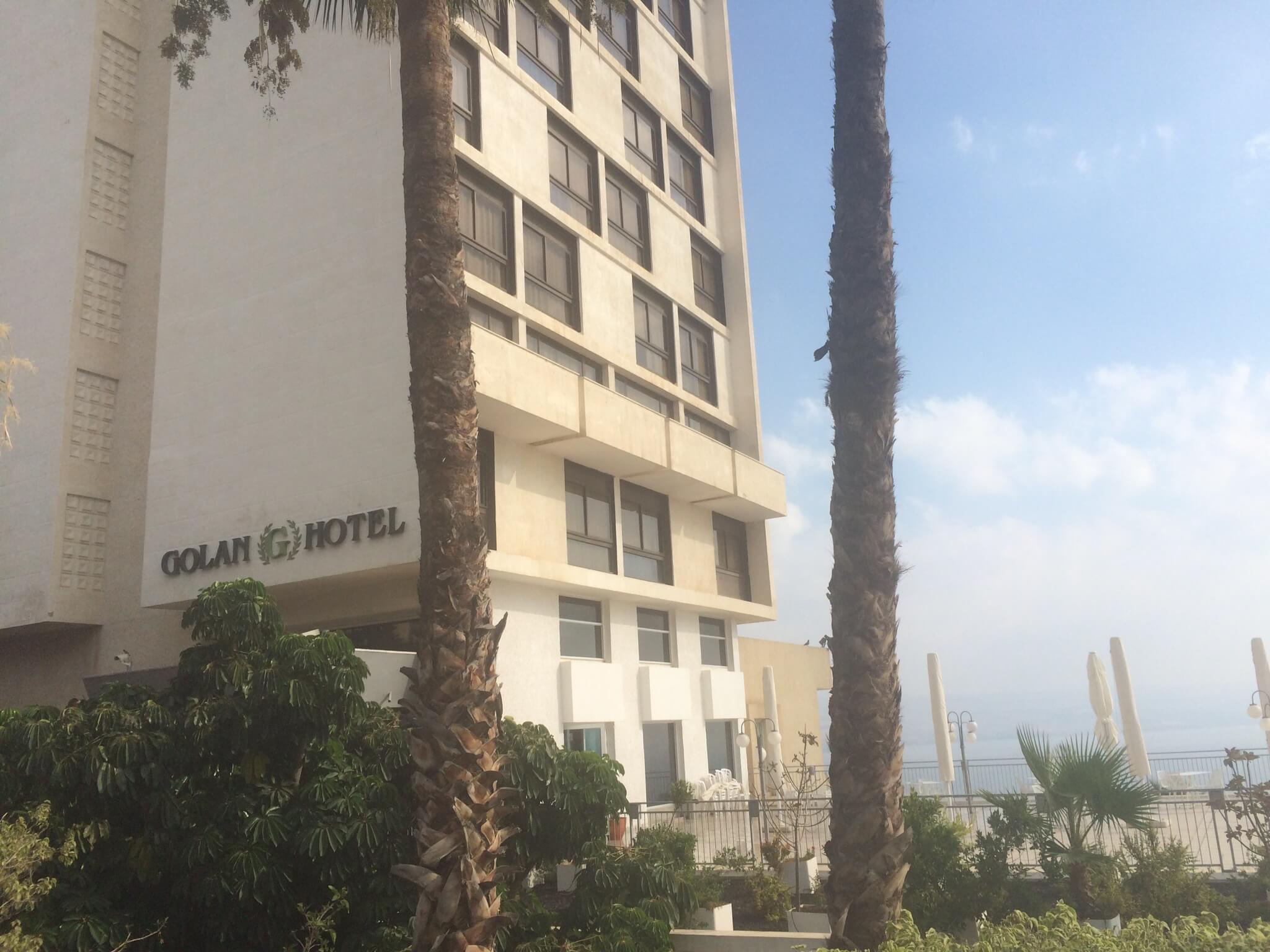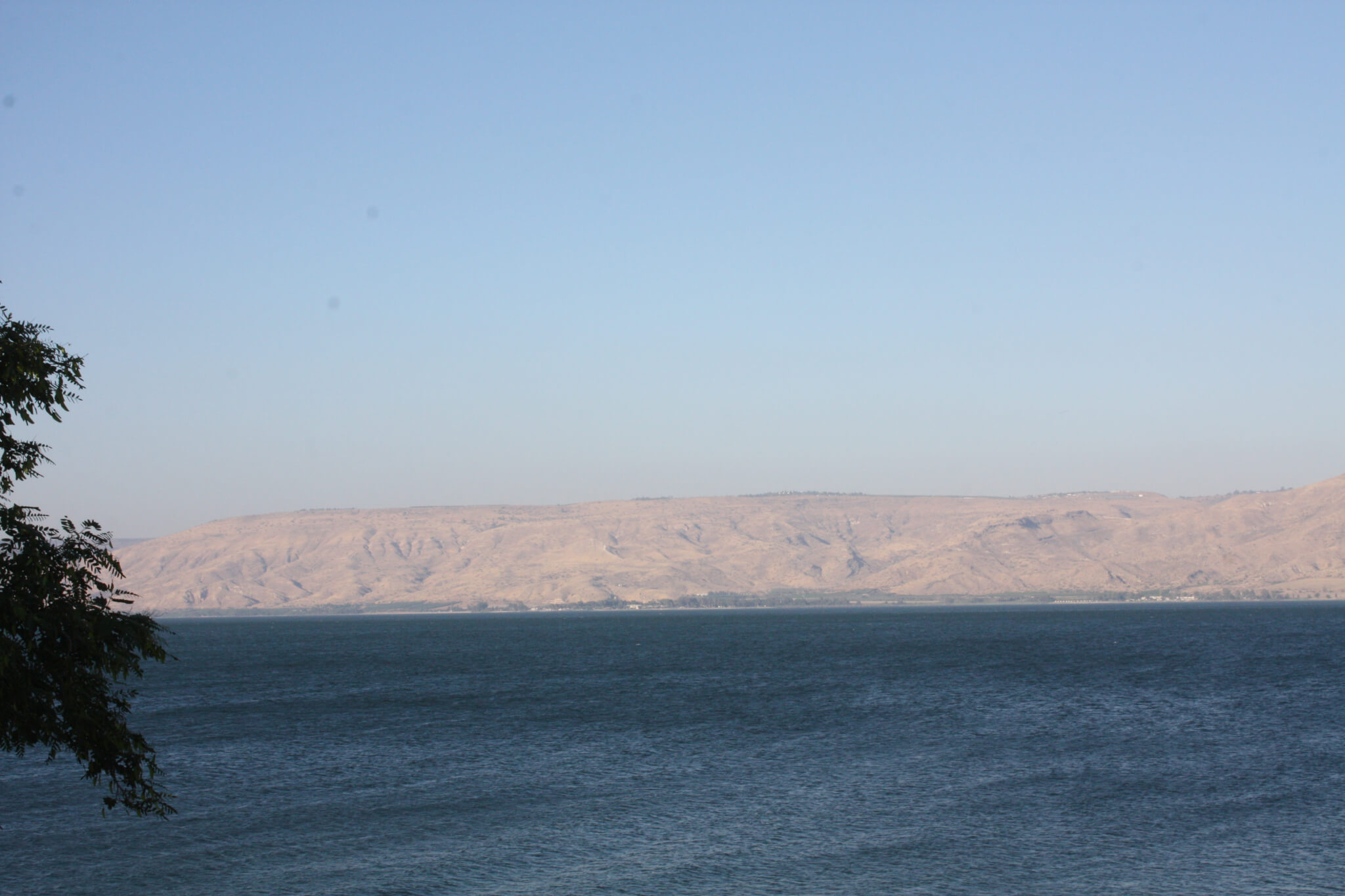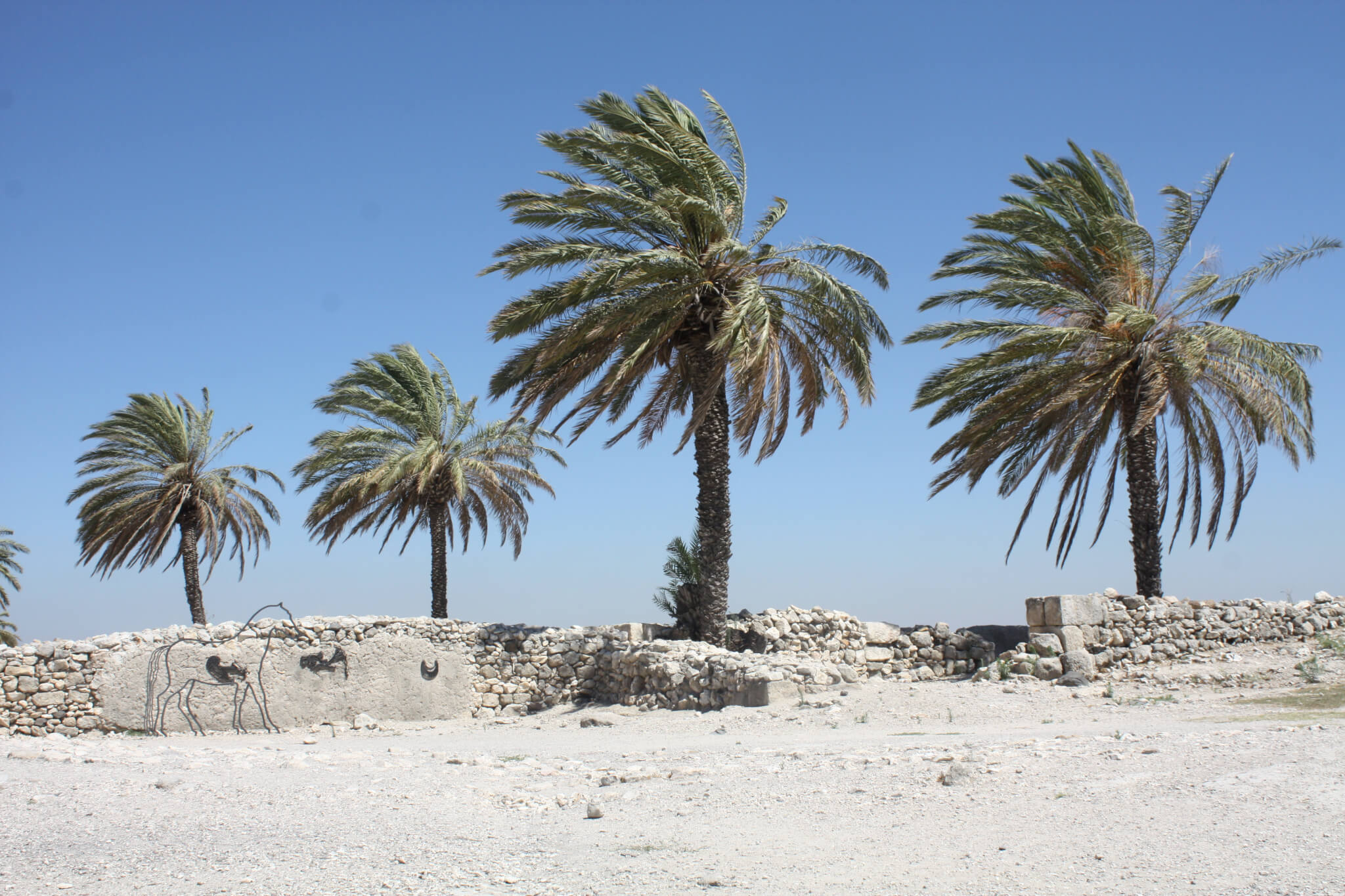During some times of the year the weather conditions at the Mediterranean sea aren’t well enough for swimming (unimaginable but true). In these times the people go to the Sea of Galilee, 200 meters below sea level in a different climate zone. The main city is Tiberias built up into the mountains. As there is no beach in the city, where can you cool down in the waters?
Exploring the Golan heights
In 1967 Israel took over control on the Golan heights and later annexed this place. Today, the place is occupied by lots of IDF and UN forces – because the United Nations have created a buffer zone between Syria and the Golan heights. As Israel sees this region as a part of their country, you can easily drive into the Golan heights – without border control and even without noticing.
Mosaic and Fortress
Yet another archeological site, I was about to say. But Zippori is kind of different: as the citizens didn’t participate in the uprising of the Jews against the Roman occupation in 66 CE the city wasn’t destroyed then. Therefore you can find wonderful mosaics here. The town is often mentioned in the Talmud: “Why is it called Zippori? Because it is perched on top of the mountain like a bird” (Talmud, Megillah, 6a).
Continue reading “Mosaic and Fortress”In the footsteps of Jesus
When you’re at the northern end of the Sea of Galilee, you’re in the area where it is said that Jesus has lived the most of his life. Two towns very close to each other are named often in the Bible: Tabgha and Capernaum. In Tabgha you will find the Bread and Fish Church, a German church (“Brotvermehrungskirche”) named after Matthew 14, where it is said that 5.000 men where fed with five breads and two fishes.
Church of the Annunciation
Tracing the stories of the Bible you cannot omit visiting the Nazareth in “Jesus of Nazareth”. In this town, mainly inhabited by Arabs there is one main sight: The Church of the Annunciation which was built on that place, where archangel Gabriel is said to have spoken to Virgin Mary. Many churches have been built here, the current one is from the year 1969.
Continue reading “Church of the Annunciation”Hotel Golan
The Hotel Golan in Tiberias, Israel looks a bit old-fashioned, but that doesn’t matter: it has great balconies which offer an unhindered view on the Sea of Galilee and the Golan Heights. Like every middle-class hotel in Tiberias it is not situated directly at the sea, but up in the mountains.
Continue reading “Hotel Golan”A border that isn’t one
The Sea of Galilee is a lake 200 meters below sea level. It is the biggest fresh water reservoir of Israel and an important touristic site. The river Jordan is running through the lake, later on defining the border to Jordan. On one side of the lake the Golan heights officially belonging to Syria are located. As these hills are good places to launch missiles on Israel, the place is under control of the IDF since 1967.
Bigger than Jerusalem
Not far away from the river Jordan and the border crossing to Jordan you can find the city of Bet She’an and the archeological national park. The place was first settled five thousand years BCE. It was once under Egyptian reign and was later conquered by King David, then by the Romans. Under the rule of Byzantium the town became mainly Christian and was by that time bigger than Jerusalem.
Armageddon
The Bible tells about a final fight between the forces of evil and the armies of God: “Then I saw the beast and the kings of the earth and their armies gathered together to wage war against the rider on the horse and his army” (Revelation 19:19). “Then they gathered the kings together to the place that in Hebrew is called Armageddon” (Revelation 16:16) – and this place is in Christian belief the town of Megiddo.
Ensuring water supply (and other needs)
Israel is a country with a very good infrastructure and getting snacks and something to drink was absolutely no-frills. But within Jerusalem I only found small shops and no big supermarket chains where you could simply fill your trunk with some bottles of mineral water – as I normally do while travelling throughout countries with high temperatures; a pure necessity.
